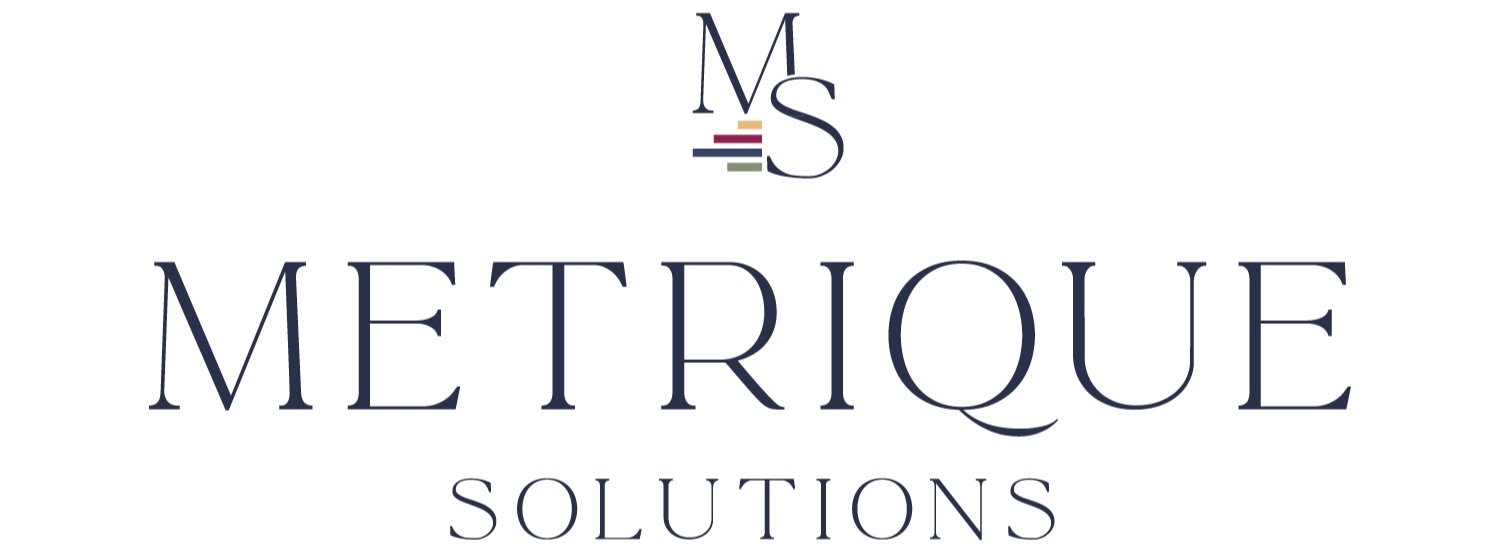Year-End Business Planning: 7 Tips to Finish Strong and Thrive in the Year Ahead
As the year draws to a close, many business owners experience the mounting pressure of ensuring a successful year-end while also preparing for the year ahead. This is where having a well-structured year-end planning process in place for your business can be a game-changer. It allows you to strategically review, reflect, and make changes as needed before the year ends so you can savor the holiday season and enjoy quality time with friends and family.
So how can you make the most of the year-end season to finish the year strong while setting the stage for a prosperous new year? In this article, we share seven essential year-end planning tips that will help you not only boost profits but also prevent year-end burnout.
To get the most out of your year-end planning, consider setting aside a full day or even a mini weekend retreat so you can focus on shaping your business growth with undivided attention.
What Does a Successful Year-End Look Like?
Before diving into a year-end review, it's crucial to get clear about what success means to you. At Metrique, we are dedicated to helping you achieve strong profits and financial success in your business. However, we also recognize the significance of your personal well-being as a business owner because we know that a financially successful business can’t be sustainable if it takes a toll on your physical and mental health.
So, the initial question we recommend business owners contemplate at year-end is: "What does success mean in my business? How did I envision it for this year?"
Your definition of a successful year-end could be as simple as earning a more consistent income from your business without added stress. Or maybe it was building a team of exceptional talent to take your business to the next level. Or perhaps you set a goal of achieving record-high revenues. So take a moment to reflect on what constitutes a fantastic year-end for you.
One example of what it means to finish the year well is completing critical items you had outlined for yourself earlier in the year. As mentioned in my Ending the Year Well podcast episode, my team and I want to make sure that we not only finish what we set out to do that year, but that we also completed these projects in a way that makes us proud and sets us up for a stronger future.
Additionally, you can ask yourself these questions to draw a connection between business success and personal fulfillment:
What accomplishments in my business this year make me most proud?
In what areas do I believe I could have performed better as a business owner?
Where have I invested most of my time in my business, and what types of projects and tasks would I like to spend more time in the future?
Next, it helps to look at your financials, operations, and strategy so you can pinpoint opportunities for improvement.
Review Your Key Financial Numbers
Now is the perfect time to delve into the financial aspects of your business. Take a close look at your financial statements and key metrics, including your profit and loss statement, balance sheet, and statement of cash flows. This will allow you to assess your current financial position and project where you expect to be by the year's end. Consider these 7 key metrics in business you should track monthly to track your business’ health and increase profits.
Pay particular attention to metrics such as revenue, cost of goods, expenses, gross profits, profit margins, and net profits. Evaluate how these numbers align with your quarterly and yearly objectives. Where do these numbers stand as it compares to a year or two years ago?
Metrique is an invaluable tool for visually comparing these critical numbers so you can uncover opportunities to make adjustments as needed to have a thriving and successful business, year in and year out.
2. Ensure Your Accounts are Reconciled
While it's a good practice to review and update your accounts throughout the year, year-end planning provides an excellent opportunity to ensure your business accounts are reconciled.
Even if you have a dedicated bookkeeper, now is a great time to personally inspect your bank accounts and credit card statements. Confirm that all transactions are up to date and correctly categorized in your bookkeeping software. Look for any discrepancies and ensure that everything is accounted for, including any outstanding invoices from clients or accounts payable on your end.
3. Assess Your Current Tax Situation
The year-end also presents a great opportunity to consult with your accountant or tax advisor to ensure you're on top of your taxes for the year. Have you made adequate estimated quarterly tax payments for the current? Have you set aside enough for the upcoming tax payment?
Consider how your business tax situation might impact your personal taxes. If you're a sole proprietor, for example, think about whether it would benefit you to incur certain business expenses in the current year or the next depending on your overall income and tax bracket.
4. Evaluate Expenses and Budgets
If you’re looking at your financials and wondering why profits aren’t higher than you projected, it might be time to examine your expenses. Are they aligned with the budget you established at the beginning of the year? Have you allocated reserves for unforeseen expenses that might come up throughout the year?
If you don’t already have a system for keeping track of your business expenses, make this a priority in your business before the year ends. Begin by creating a comprehensive budget for the next year with Metrique.
If you need guidance on how to keep track of business expenses, you can explore our article here: How to Keep Track of Business Expenses.
5. Optimize your operations
In preparing your business for success in the upcoming year, optimizing your operations is a crucial step. Start by taking a look at the people, tools, and processes that have shaped your year.
People
Acknowledge the key individuals who have contributed to your business's success this year. Evaluate whether you're adequately staffed to meet future demand efficiently. Explore whether any restructuring or additions to your team are necessary.
Reflect on your role as a CEO or team leader and consider areas for professional or personal growth. Assess the operational skills you've developed or plan to invest in to take your company to the next level.
Tools
Your technology tools are essential for smooth operations. Review the tech tools and software investments you've made this year. Have they provided a good return on investment, enhancing your operational efficiency? If necessary, consider making a list of tech tools to shop for in the next quarter to ensure you’ve got the best tools and software available.
Processes
Reflect on the effectiveness of your operational processes throughout the year. Have you established systems that allow you to track results and make informed decisions? Review your current marketing and sales processes and evaluate how effective they've been over the past year.
Consider implementing Key Performance Indicators (KPIs) to measure progress and enhance decision-making in sales, marketing, and other aspects of your operations.
If you’d like guidance on setting KPIs in your business to
track progress and improve efficiency, visit our blog about
how to use KPIs vs metrics to make better decisions.
As you review your people, tools, and processes, look for opportunities to reduce wastage, upgrade tools, or renegotiate agreements to save on costs and drive revenues.
6. Realign Your Strategy with Your Vision
Strategic planning allows you to allocate the resources, finances, and time required to execute different facets of your business effectively. As you plan for year-end, it helps to zoom out and look at the big picture strategy for your business. Why did you start your business in the first place? Revisit your mission and vision, and reflect on your long-term 5 and 10-year plans. Examine how the goals you set for the current year align with your long-term strategic plan.
Consider if any changes are necessary as a result of the current year's experiences. Do any adjustments need to be made to accommodate for potential market opportunities such as the introduction of new products or services to bring in new revenue streams?
Revisiting your long-term strategy can serve to inform your product planning, marketing, and your HR strategy for next year, such as deciding whether to hire new talent or investing in the skills needed to carry out your long-term goals.
7. Set SMART Goals for the Next Year
With all the information and insights gathered from your year-end review, it's time to establish clear objectives for the growth and expansion of your business. This can include goals for your product and service offerings, marketing efforts, and financial metrics such as revenue and profitability targets. These goals should include specific, measurable, achievable, relevant, and time-bound milestones and deadlines for the upcoming quarter and year.
Unsure about how to determine the revenue needed to achieve a specific income goal? Curious to see what amount of sales is required to reach a particular revenue target? Learn How to Measure Business Success and Scale Your Business and try out Metrique so you can be more efficient in your business while increasing profits!
And last but not least, don’t forget to celebrate your accomplishments! Now’s the time to acknowledge and be grateful for everything you’ve done already and get excited about everything that is to come in the year ahead.
📖 Want to gain a better understanding of terms like gross profit, COGS,
and net income so you can manage your business finances with confidence?


